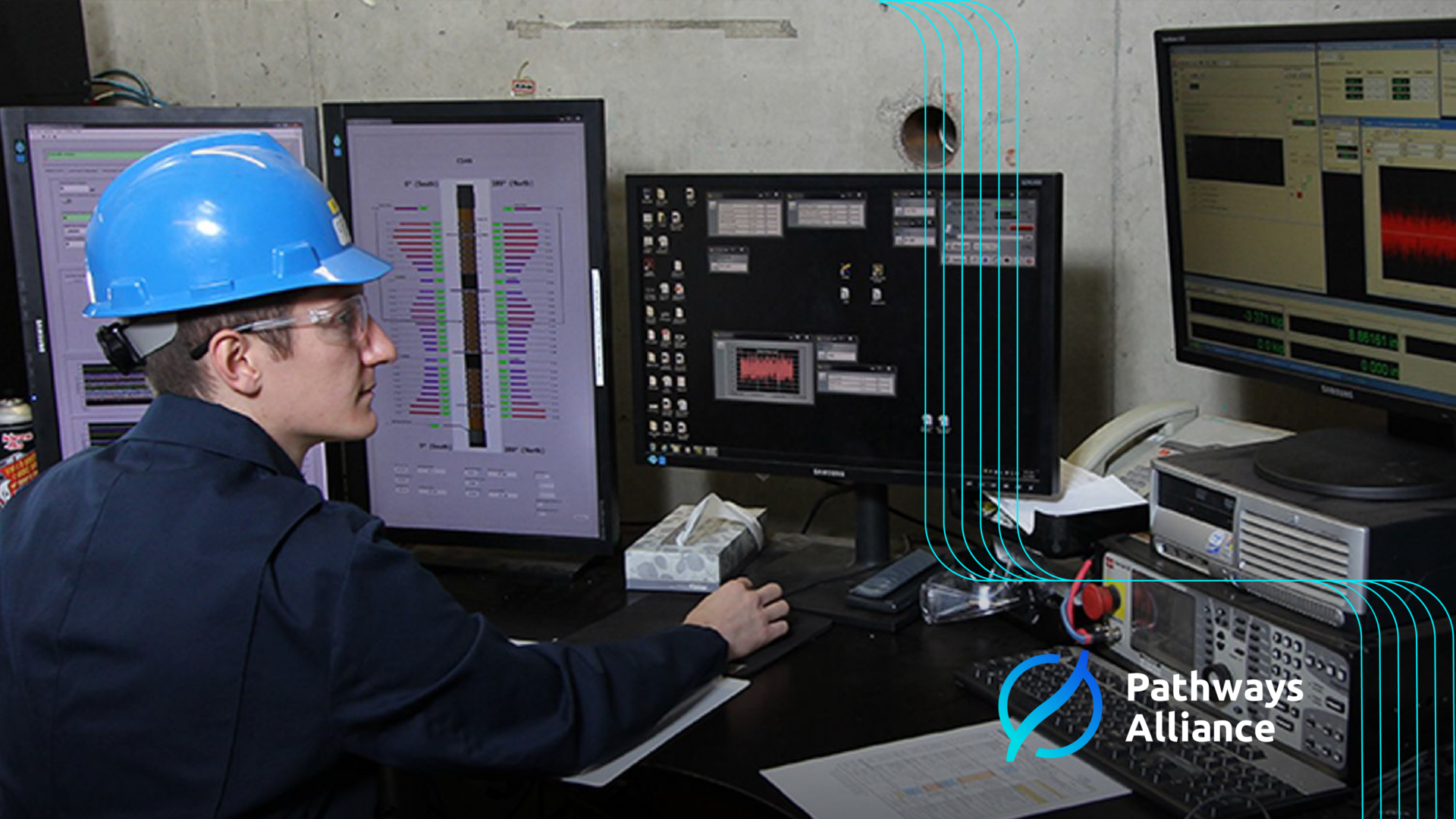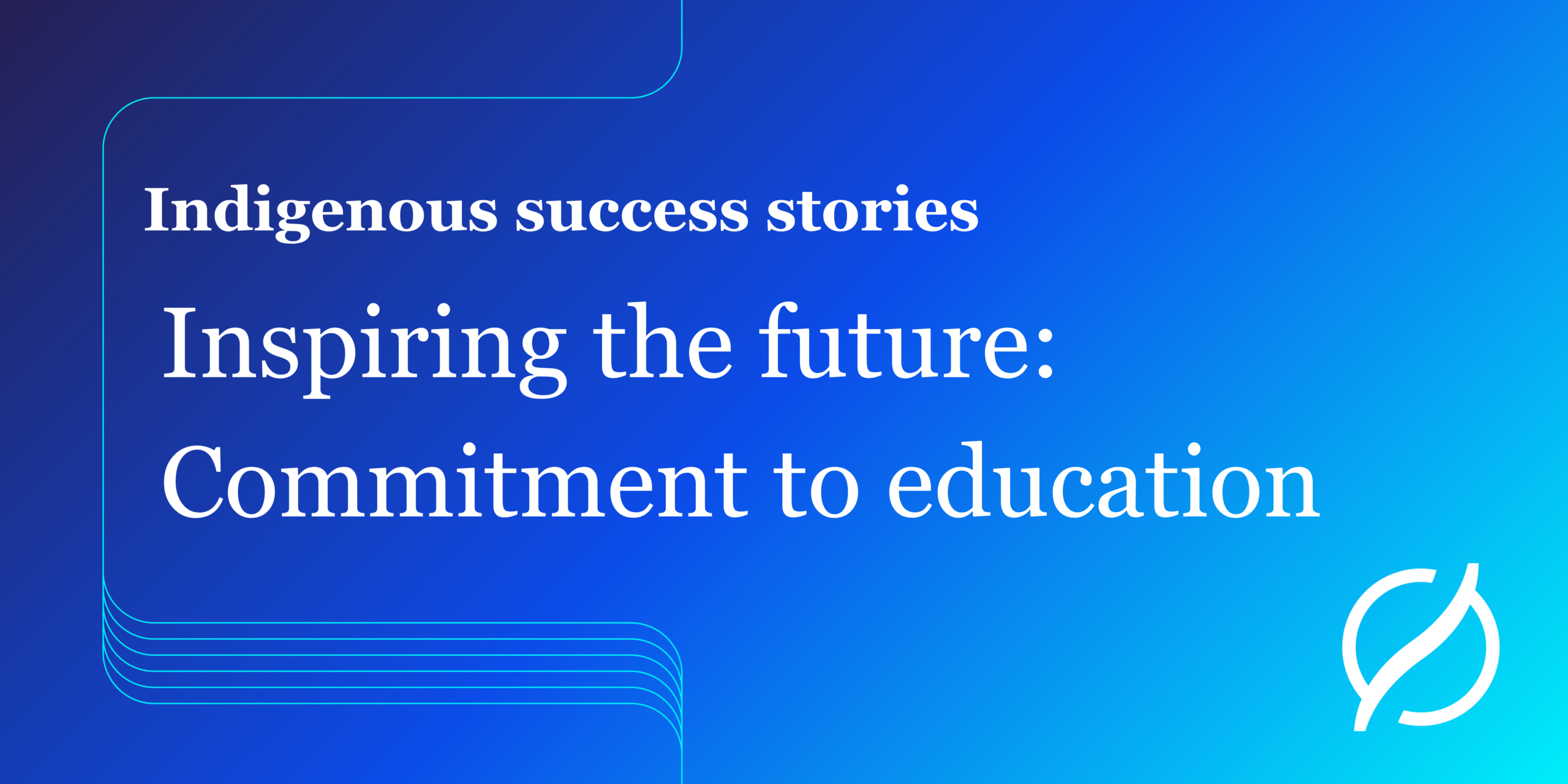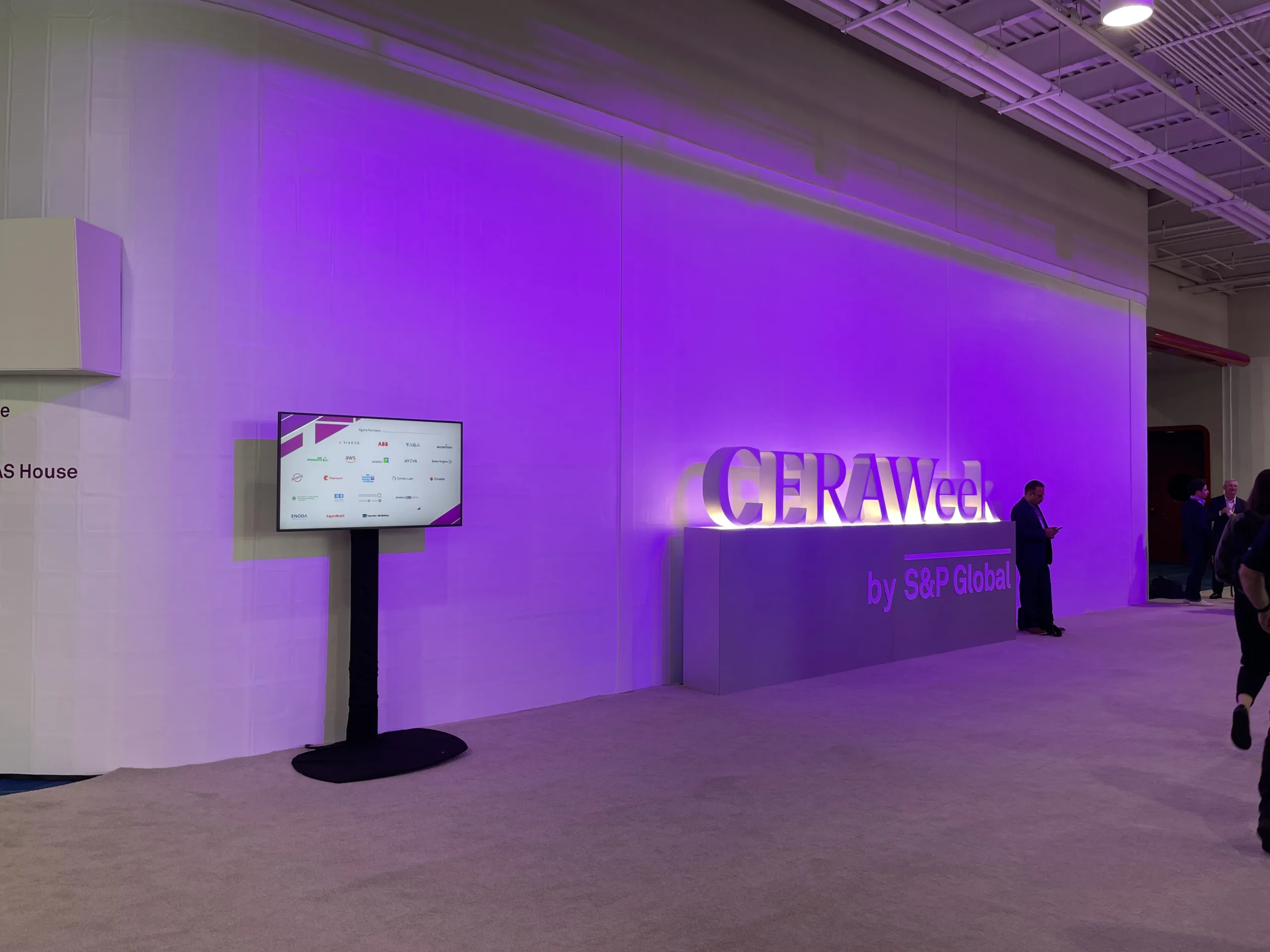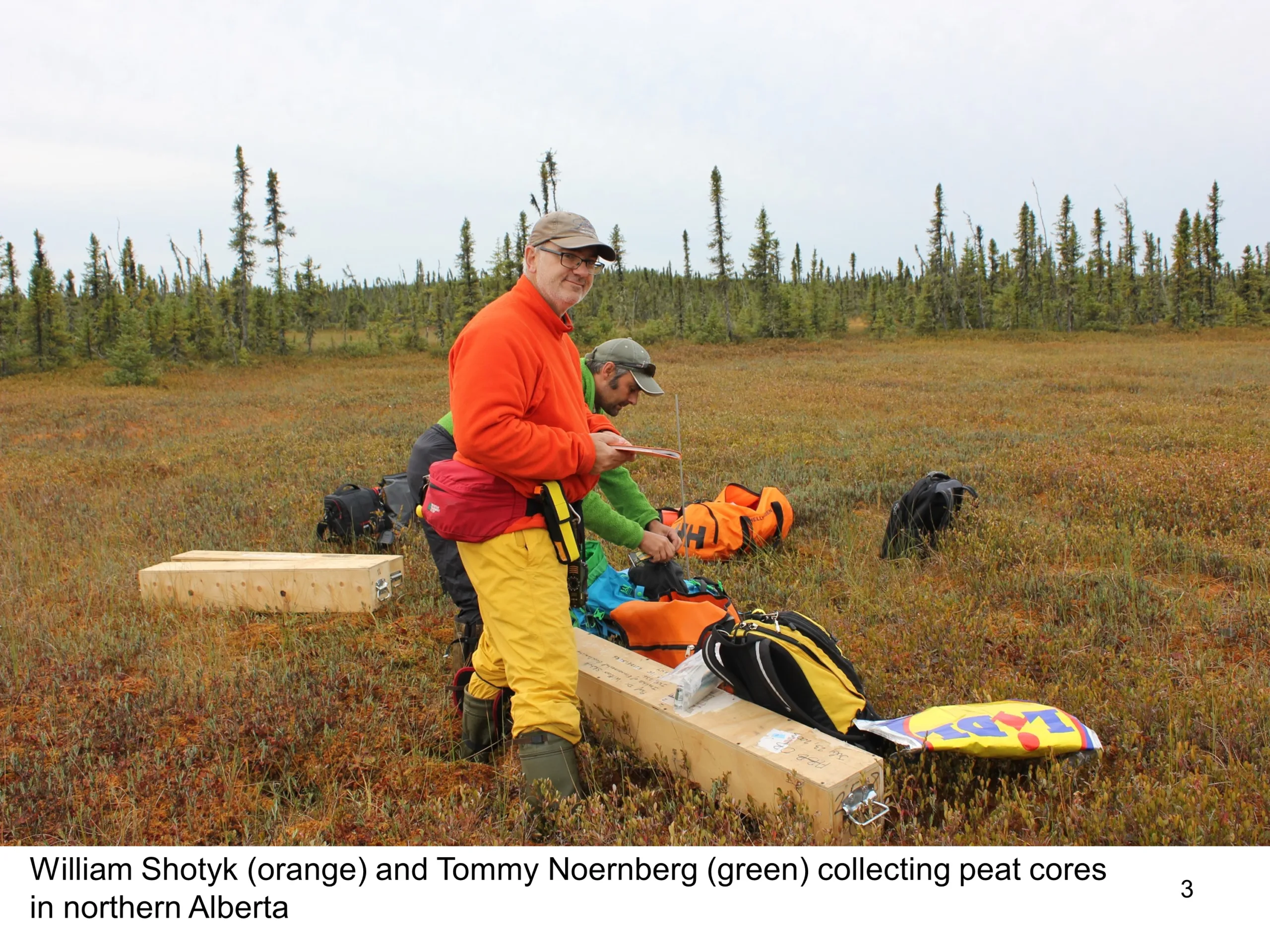Emerging Technologies: Advancing geothermal energy for mining

Leading-edge technology is integral to reducing greenhouse gas emissions on a global scale, and Pathways Alliance companies have a long track record of world-class research and development (R&D) partnerships and investments to build on.
For more than a decade, much of that collaborative work to create a sustainable future has been coordinated by Canada’s Oil Sands Innovation Alliance (COSIA), now the innovation arm of Pathways Alliance.
Our emerging technologies series looks at some of the work being done by COSIA and the six member companies who make up the Pathways Alliance.
This feature focuses on geothermal energy:
Advancing geothermal energy for mining
Can geothermal energy in the oil sands be leveraged through innovative well technology to run an oil sands mine over its 30-year life? That’s the question Pathways Alliance members are investigating through a new study which aims to move the commercial potential of this renewable energy source closer to reality.
COSIA has partnered with Eavor Technologies Inc. and C-FER Technologies to conduct a high-level economic feasibility assessment of Eavor’s technology, Eavor-Loop™, as a method of providing thermal energy to oil sands mines.
“This is an exciting step forward in the evaluation of the potential to deploy this clean energy solution to the oil sands sector,” says Robert Mugo, COSIA’s Director of Greenhouse Gases. “Geothermal energy is one of many clean technologies that Pathways Alliance and its members are pursuing to support the sustainable development of the oil sands.
This technology has the potential to significantly reduce greenhouse gas (GHG) emissions associated with the extraction process, thus helping the sector contribute to Canada’s stated climate mitigation goals, including getting to net zero by 2050.”
Emissions forecasts
The study, completed in early 2022, builds on a previous feasibility assessment conducted by C-FER on behalf of COSIA. The study identified the potential for Enhanced Geothermal Systems (EGS) as a low-carbon, hot water source to replace or reduce the natural gas usage associated with water heating in mining.
The preliminary report delivered a better understanding of the technology, forecasting a reduction in greenhouse gas (GHG) emissions by an average of almost 60 kilotons of CO₂ annually over a mine’s 30-year project life – equivalent to the CO₂ emissions of 15,000 vehicles a year!
The previous report recommended further investigation of geothermal systems, so COSIA and Pathways Alliance members launched a second study to evaluate Eavor’s Advanced Geothermal System (AGS), the Eavor-Loop™. The technology leverages existing oil and gas drilling technologies, as well as the expertise and skills of the oil and gas sector, to extract heat from the below the earth’s surface for use in oil sands surface facilities. The technology promises to improve the technical and economic feasibility of geothermal energy and its potential use as a clean, low to zero carbon source of energy for the oil sands.
Multi-well design
The study includes the design of a multi-well layout for commercial scale AGS using Eavor-Loop™ technology. It also proposes an appropriate location for drilling and evaluating an appraisal well on an oil sands mining site to characterize reservoir conditions in the area as part of a future study.
Currently, oil sands mines produce hot water through a combination of natural gas fired boilers, cogeneration units, and process waste heat. Alternative water heating methods that can replace or supplement this conventional hot water production offer the opportunity to reduce both natural gas usage and carbon emissions from operations.
Eavor Technologies is an Alberta based technology company and much of the company’s intellectual property is based on thermodynamic modelling, well engineering, and experience borrowed from oil sands steam injection projects.
C-FER Technologies works in partnership with the global energy industry – including Pathways Alliance members – to advance safety, environmental performance and efficiency. This work includes helping oil sands producers and technology developers to analyze the feasibility of and de-risk new technologies that show potential to positively impact GHG emissions.
All told, the Pathways Alliance is developing and deploying more than 70 emerging technologies to drive sustainable development of the oil sands and support Canada’s efforts to meet its emissions targets.
Learn more about the Pathways Alliance plan here.


